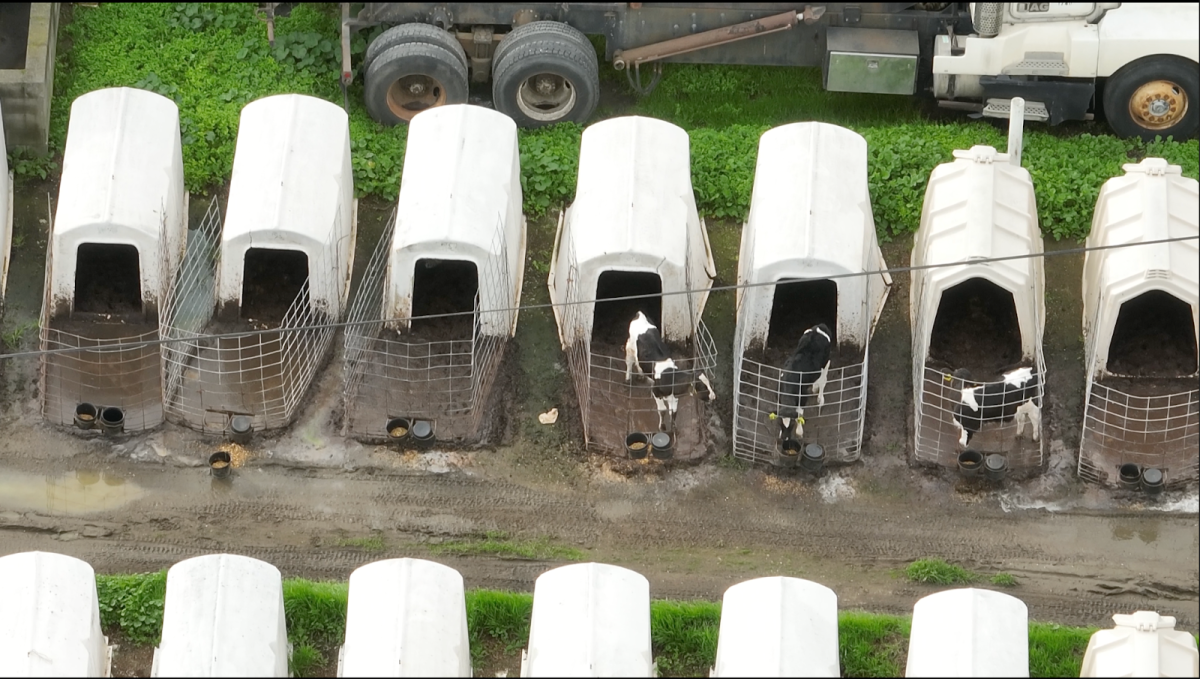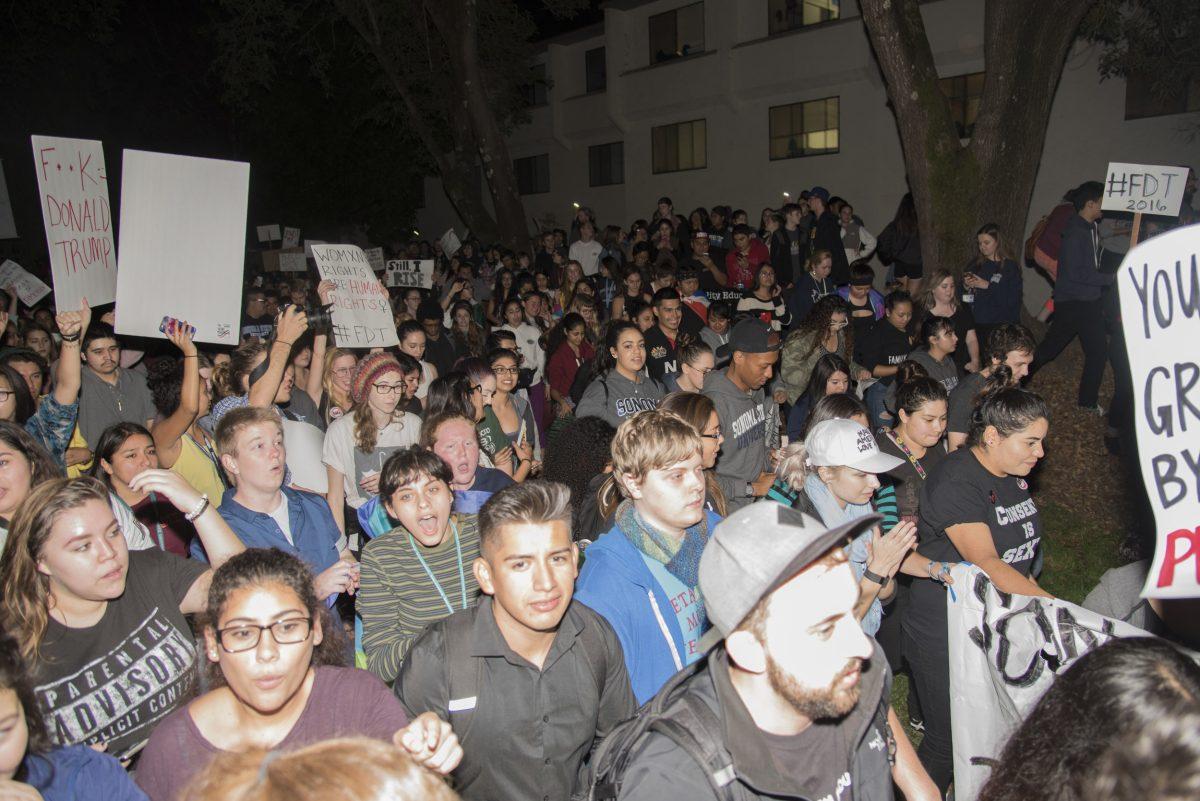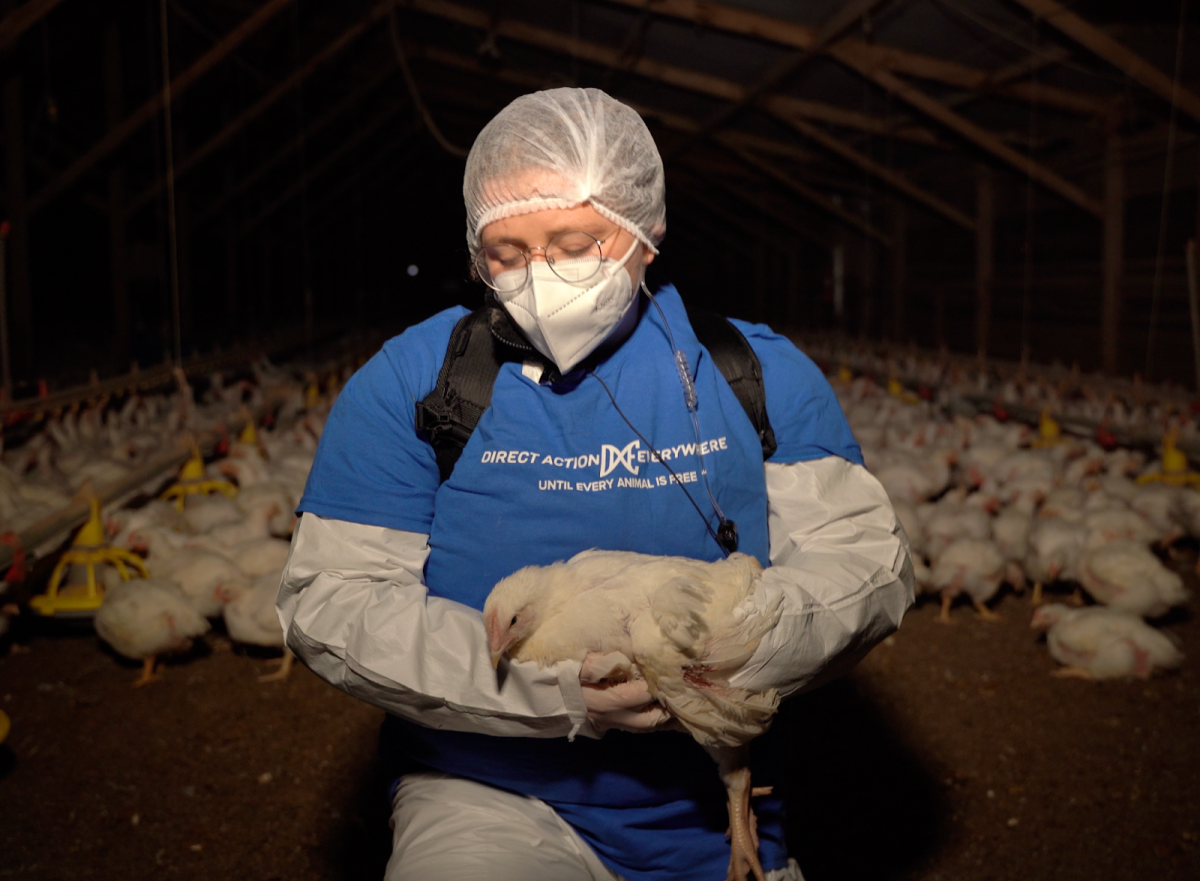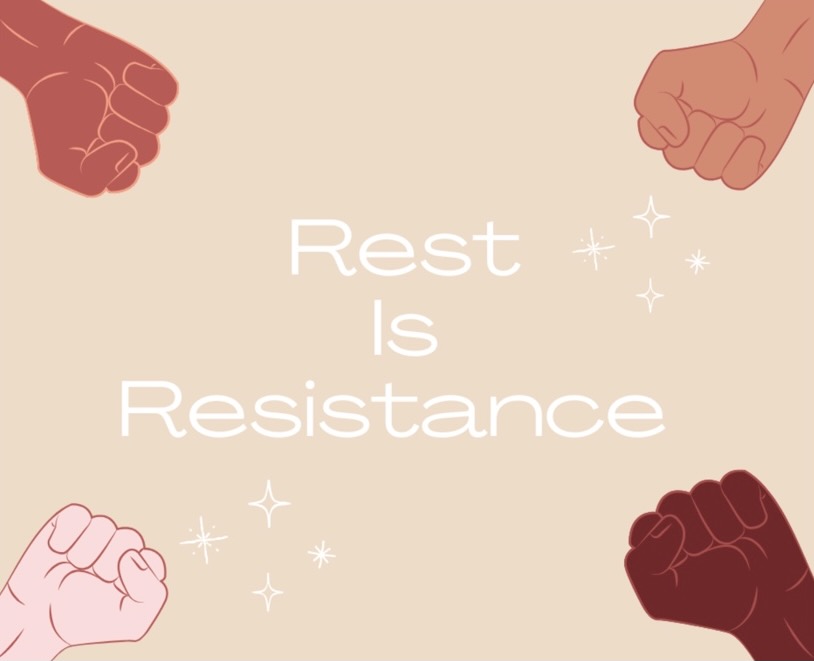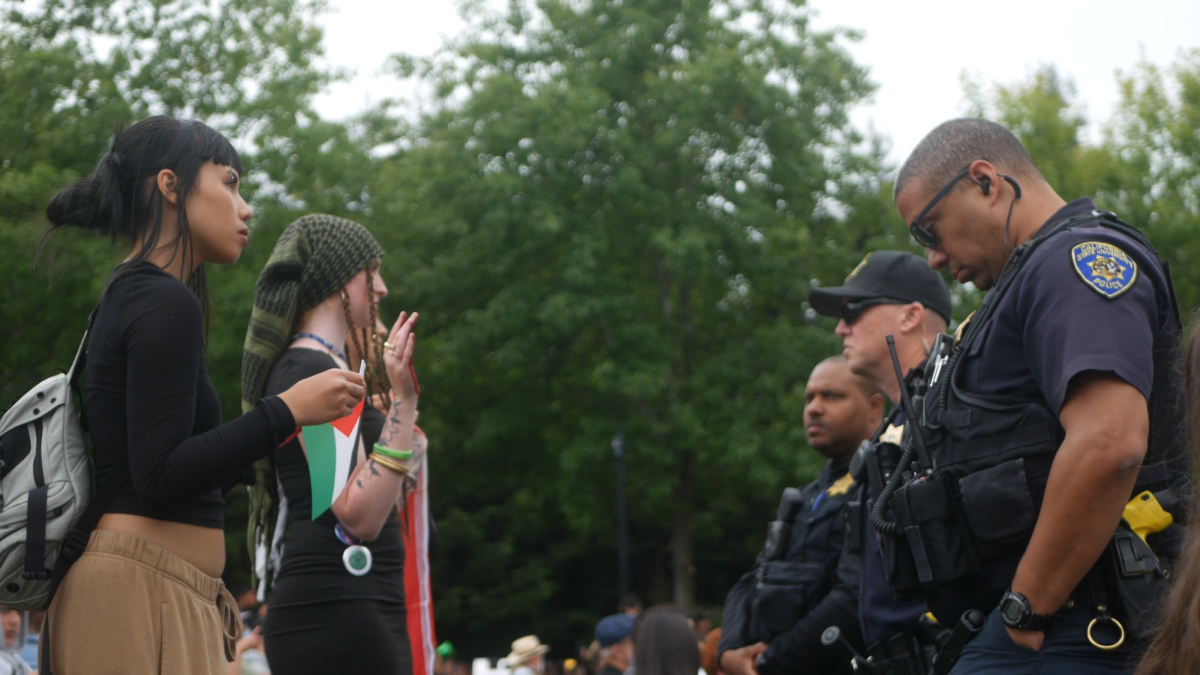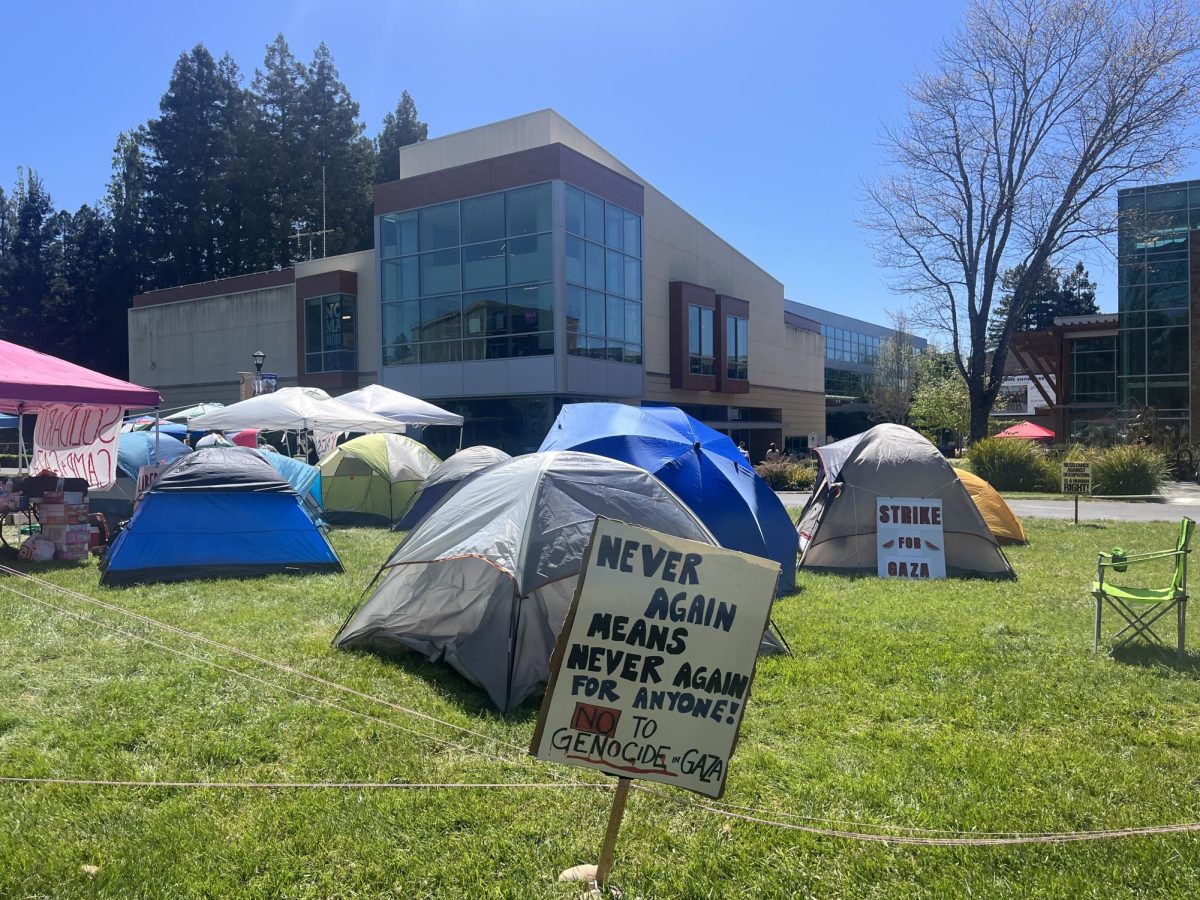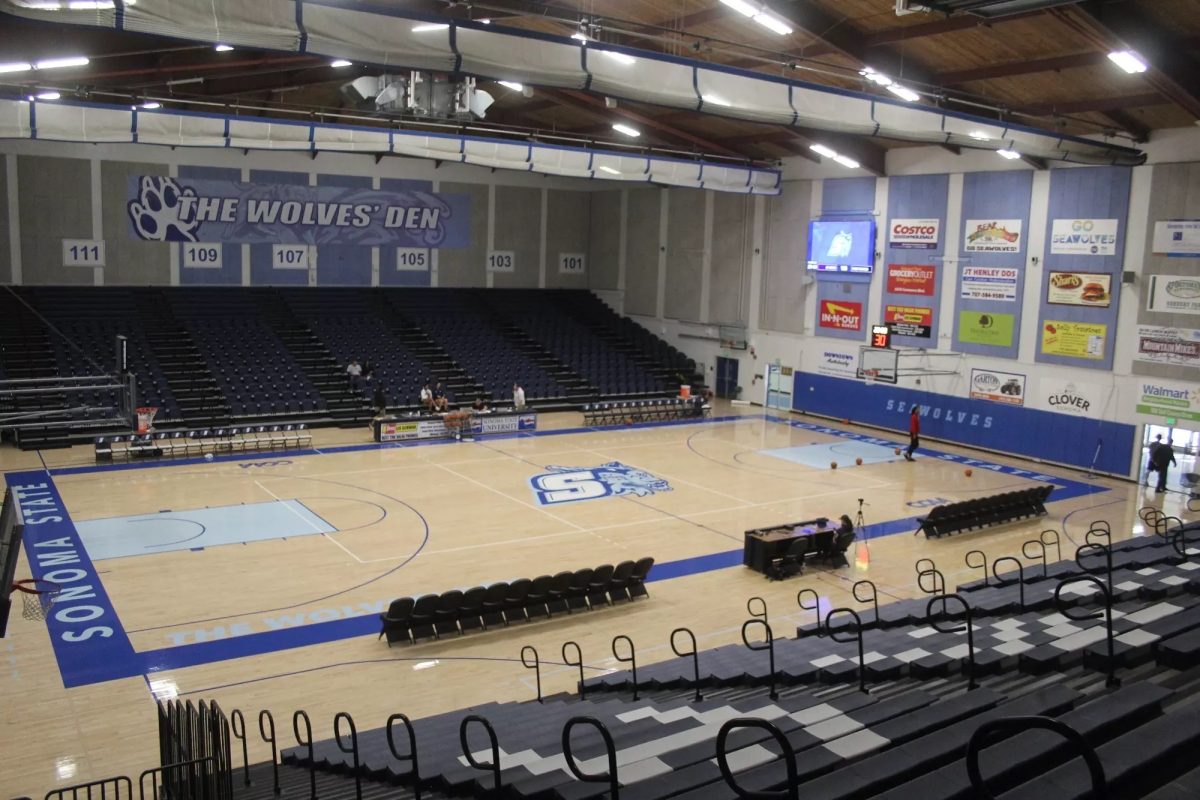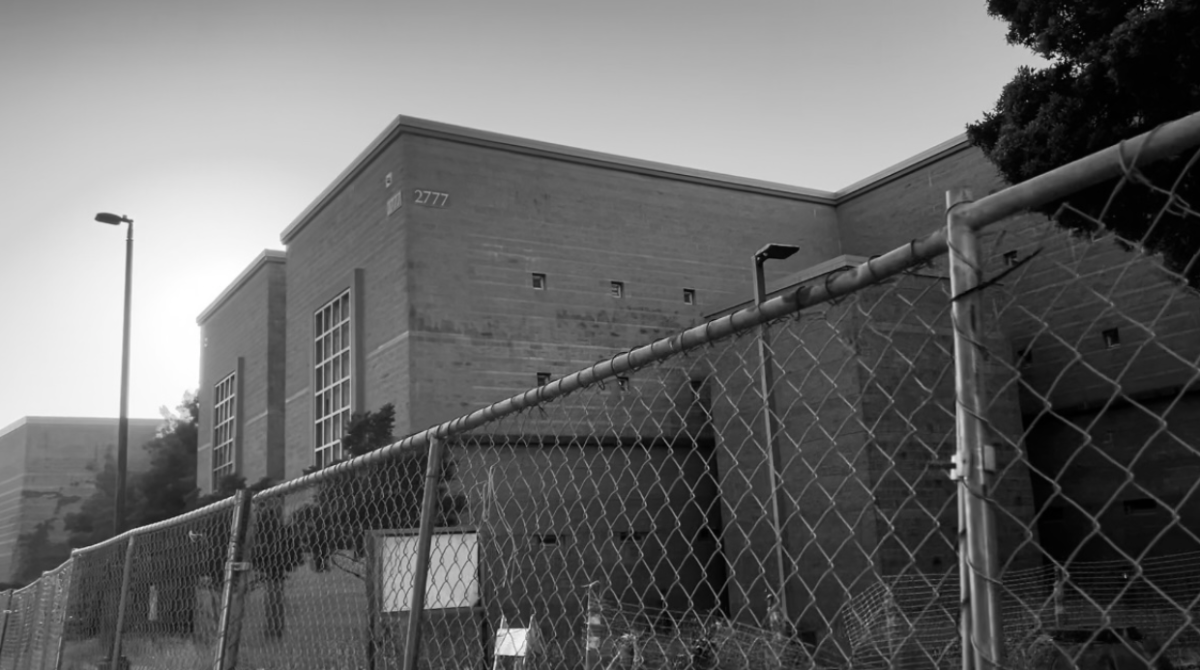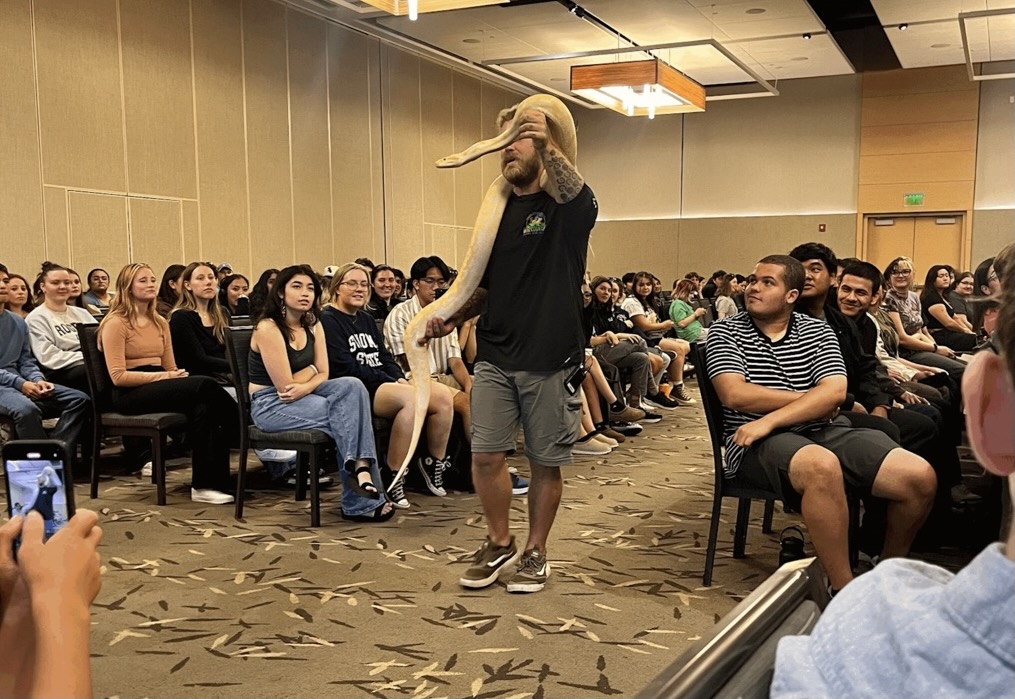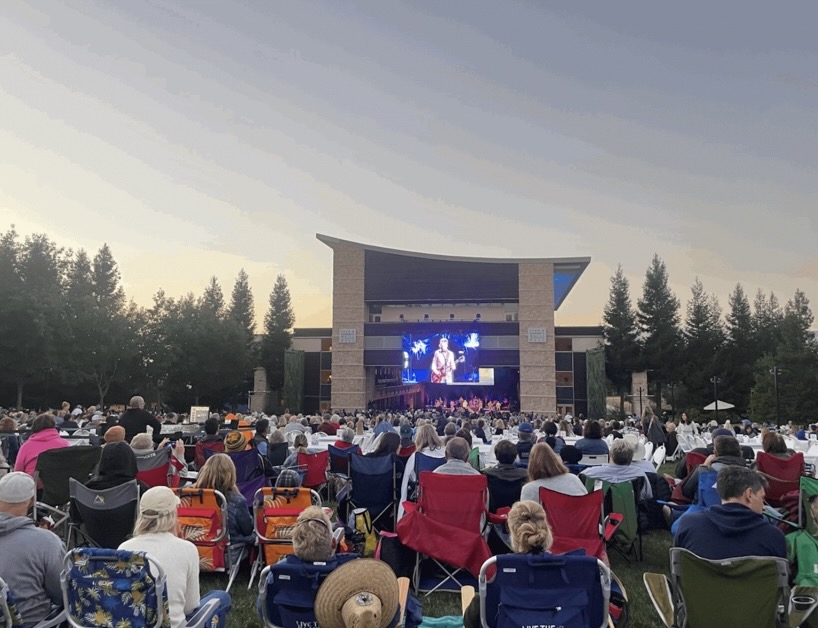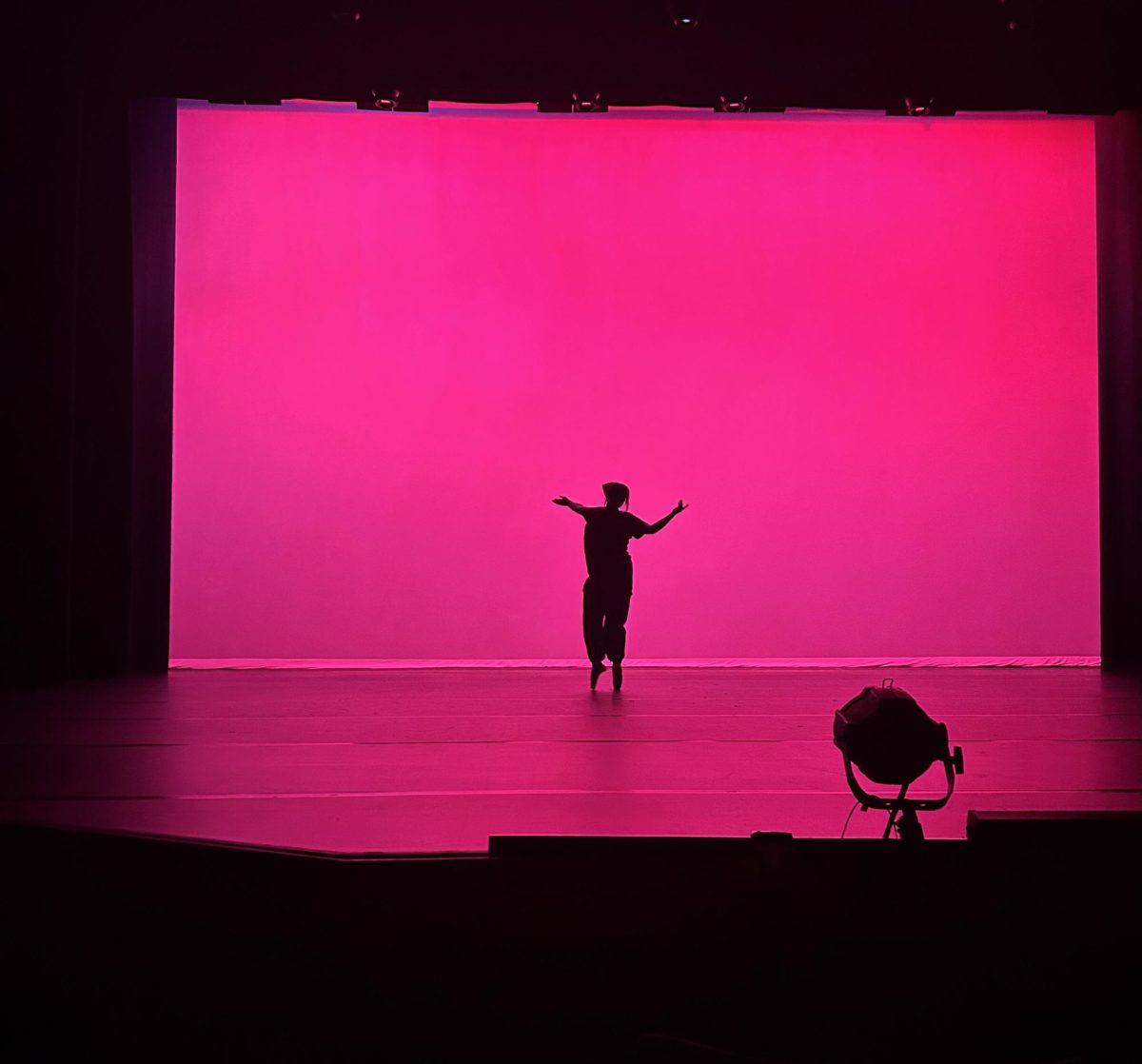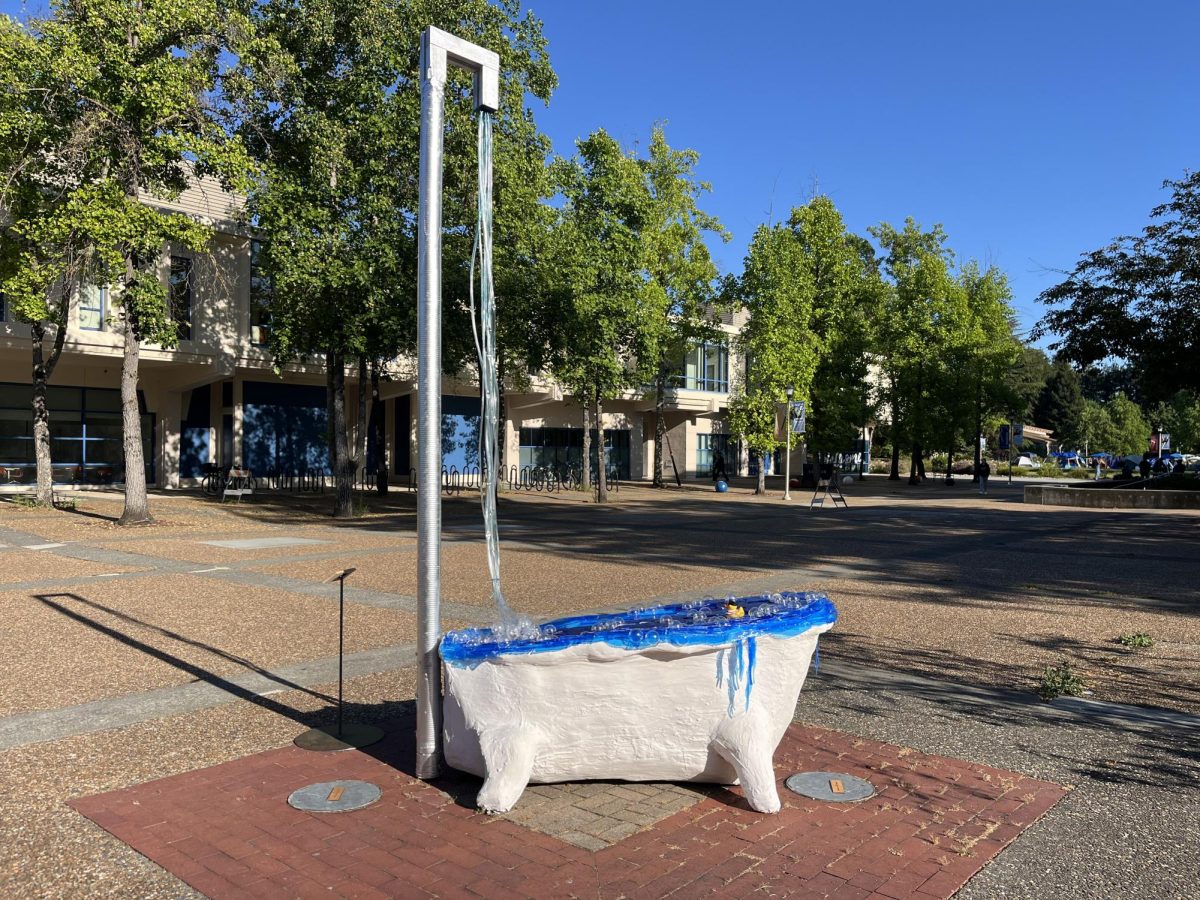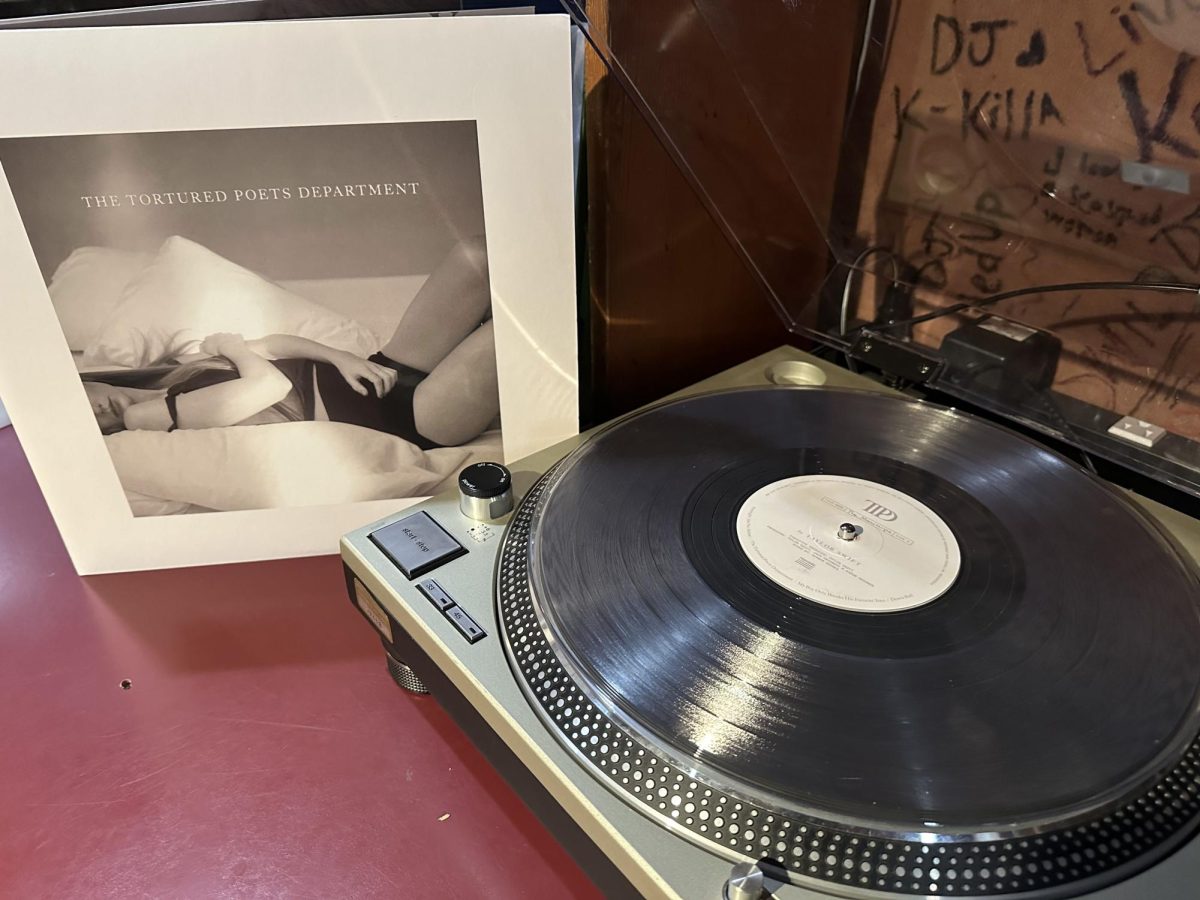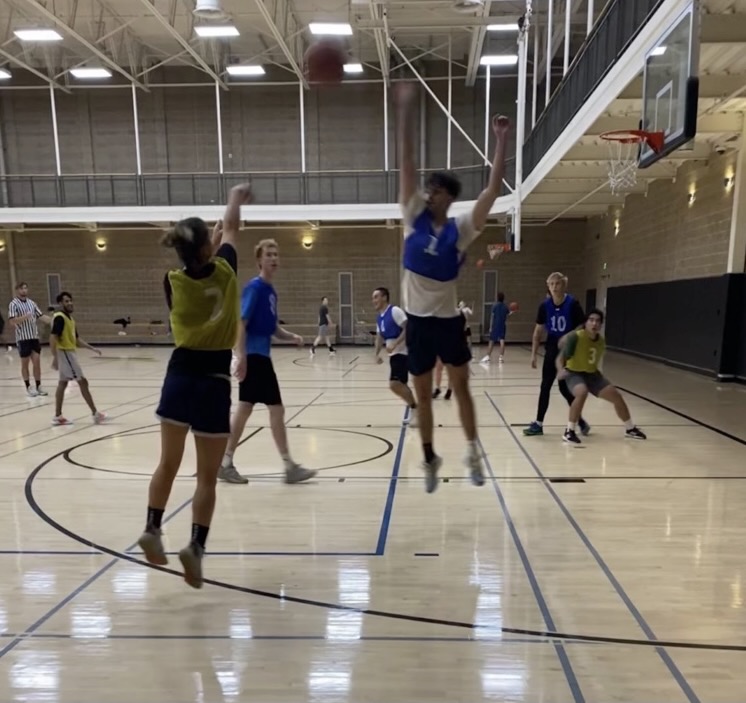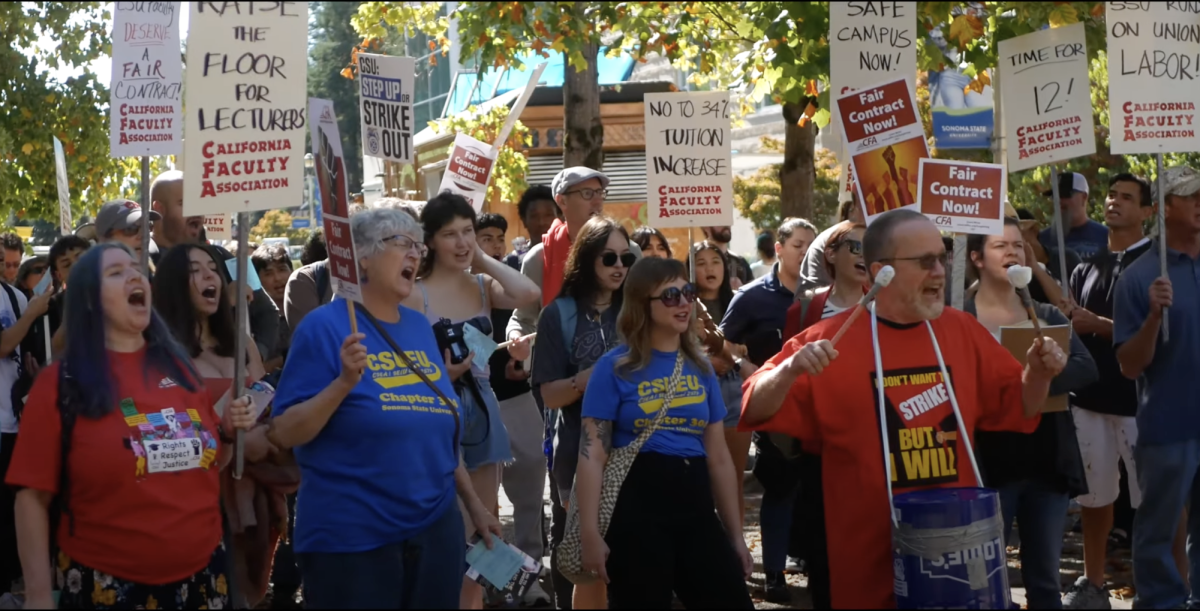Sept. 27, 3:48 a.m., a fire erupted on Howell Mountain in Napa county, and from there, it spread. The fire gripped the countryside, surrounding Calistoga, wrapping around Angwin, and spilling into Santa Rosa. This quick-moving blaze, now named the Glass Fire, spread itself into Sonoma County within a day. By Sept. 28, 12:19 a.m., evacuation orders were encroaching into Santa Rosa; citizens were to leave immediately or risk being caught in the firefight. In the middle of a pandemic, an estimated seventy thousand people are trying to find a place to stay. That is when Sonoma State took a stand for those in need. It has not always been like this, though. The college has received some heat from students and staff through the years as the fires continued to push into Sonoma County time and time again.
COURTESY// Here Be Dragons
The history of recent Sonoma County fires began in 2017, as the Tubbs Fire raged through Santa Rosa, destroying 5,200 homes. The Sonoma State campus was closed for classes, later shutting down completely; students and staff left to their own devices. Most students left campus in fear with only a few hours to gather their items and go. The school was not officially evacated, despite the flames closing in from behind on Petaluma Hill Road. President Judy Sakaki mentioned making her harrowing escape from the fire in Fountaingrove, her family losing their home, and evacuating onto Campus as students fled. The sudden emergency left little to no time for anyone to react as it destroyed lives instantly.
In 2018, the Camp Fire decimated the town of Paradise, the entire town burning to the ground. The smoke drifted town wind and blanketed Sonoma County. According to AirNow.gov, a website that tracks and records the history of air quality in the United States, the air quality in Rohnert Park sat firmly in the Unhealthy category, 151-200 on this scale, on Nov 15, 2018. It even tipped into Very Unhealthy, 201-300, with little to cancelation on school activities throughout the week. This category states the air is too unhealthy to breathe and a significant threat to people with breathing problems.
Sonoma State University did not close, nor did they bat an eye at this. As they tweeted on the same day, the school acclaimed, “According to @AirDistrict (http://baaqmd.gov), the Air Quality Index has been below 100 since 6 p.m. Wednesday. The most recent AQI for our region was 93 at 7 a.m. today.” Yet, Sonoma State lied about the air quality and refused to offer more than an N95 mask for students.
In 2019, the Kincade fire rapidly grew in size, threatening to rage over Healdsburg and Windsor. A staggering 200,000 people packed up their cars and raced to get out of town while firefighters went on the defense. Even with Sonoma State not in danger, they still reacted, canceling classes, closing the dining halls, and encouraging students to leave. No evacuation zones or help was offered from campus, but with the smoke in their air, who knew what was going to happen.
Administrators clearly revised their approach, as Sonoma State University offered a great helping hand to evacuees of the Glass Fire. As smoke shrouded the sky, Sonoma State University officially offered its empty dormitories to families in need, as well as using the parking lot of the deserted Green Music Center as a temporary evacuation point. In an email to students and staff from Missy Brunetta, the director of emergency services and associate risk manager, the university explained its offerings during the Glass Fire. “The California Office of Emergency Services has asked Sonoma State University to establish a Referral Center to house up to 250 individuals evacuated due to the wildfires. The shelter will be in our Residential Community of Cabernet Village and will be managed by Sonoma County Emergency Management. We are proud to provide assistance to the California Office of Emergency Services and the North Bay community during this difficult time.”
If you are personally in need of assistance or a place to stay while evacuating from the Glass Fire, Sonoma State is now a place to check. The Cabernet Dorms that would typically be filled with student residents are now a lifesaver for people in need. Though it took a few years to make the right response, students can stand proud that their college helps out emergency responders and makes Sonoma County a stronger community.

